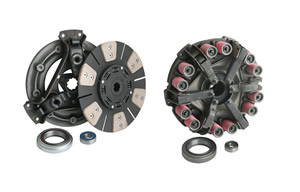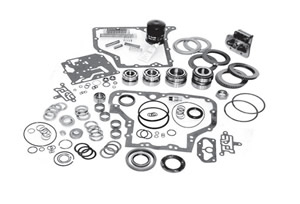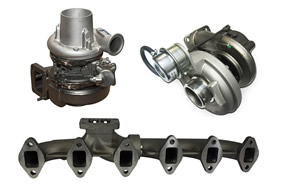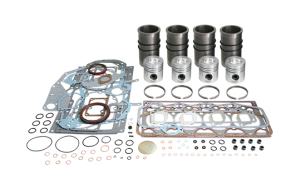History and Formation
Caterpillar Tractor Company was formed in 1925 with the merger of two companies Holt and Best who had specialised in crawler technology. Initial models included the Model 60 and Model 30, later followed by the Models 20 and 15.
The first diesel powered Sixty Five Tractor rolled off the new assembly line in East Peoria during 1931 and was a market leader for track type tractors, at the same time the Caterpillar Highway Yellow livery was introduced for the first time. The choice of the yellow colour was to provide good visibility for motorists and construction workers alike. New diesel powered crawlers went into production in 1935, the model designation began with RD - Rudolph Diesel’s initials and finished with a number that signified the crawlers size and engine power, so the RD8, RD7, RD6 and RD4 were launched.
By 1940, the Caterpillar product line included motor graders, blade graders, elevating graders, terracers and electrical generators shortly followed by Caterpillar track –type tractors including the D7 and D8 models which were suitable for large farms. In 1950, the Caterpillar Tractor Company was founded in Great Britain, the first of many overseas operations to help manage currency fluctuations, trade duties and tariffs and generally to improve worldwide customer service. In 1953 the company created separate division just for engine customers and the Engine division has become important in the diesel engine market for both on highway and off highway markets.
Acquisitions/Joint Ventures
In 1963 Caterpillar and Mitsubishi Heavy Industries formed one of the first joint ventures in Japan and quickly became a significant manufacturer of construction and mining equipment second only to Komatsu. In 1987 the rubber tracked crawler machines named Challengers appeared in the fields offering a viable alternative to wheeled tractors.
The company continued to expand by acquiring UK based Perkins engines in 1997 and this with the earlier addition of Mak Motoren in Germany made Caterpillar the world leader in diesel engine production, the acquisition of Perkins allowed the company to diversify into the compact machine business. In 1998 a deal with Claas was struck where Cat Challengers in Class colours would be sold within the UK and Cat would sell Lexion combines in Cat colours in the US, the agreement ended in 2004 when Claas introduced an extended range of tractors and Cat Challengers became part of the AGCO corporation. In 1999, Caterpillar acquired FG Wilson the generator manufacturer as part of an asset swap with Emerson who acquired Kato engineering from Caterpillar.
Further acquisitions followed with Sabre Engines Ltd in the UK a marine engine specialist and also Dana Spicer Transmissions in the UK who specialised in off highway transmissions
Engines
A portion of Caterpillar’s business is in the manufacturing of diesel, natural gas engines and gas turbines which, in addition to their use in the company’s own vehicles, are used as prime movers in locomotives, trucks, marine, peak load power plants and emergency generators.
In 2004, the company introduced a series of ACERT diesel engines designed to exceed federal emission standards with further enhancements in 2007. In June 2008, Caterpillar announced it would be exiting the on-highway diesel engine market in the USA before 2010 EPA standards took effect as the required technology investment to meet these standards would be significant and the decision was taken to concentrate on the off-highway engine market. In October 2010, caterpillar purchased the German engine manufacturer MWM.







 Just Template IT
Just Template IT